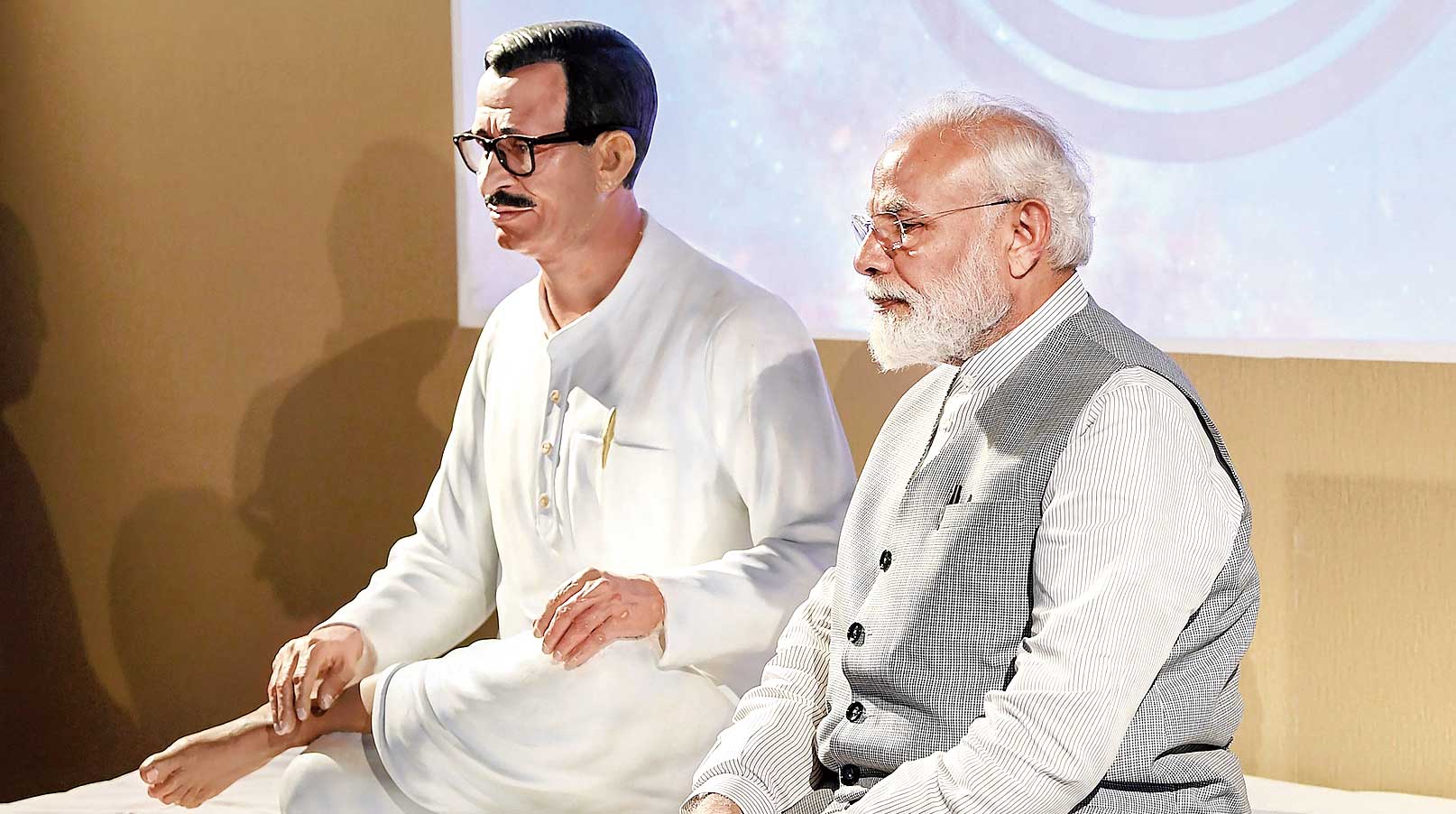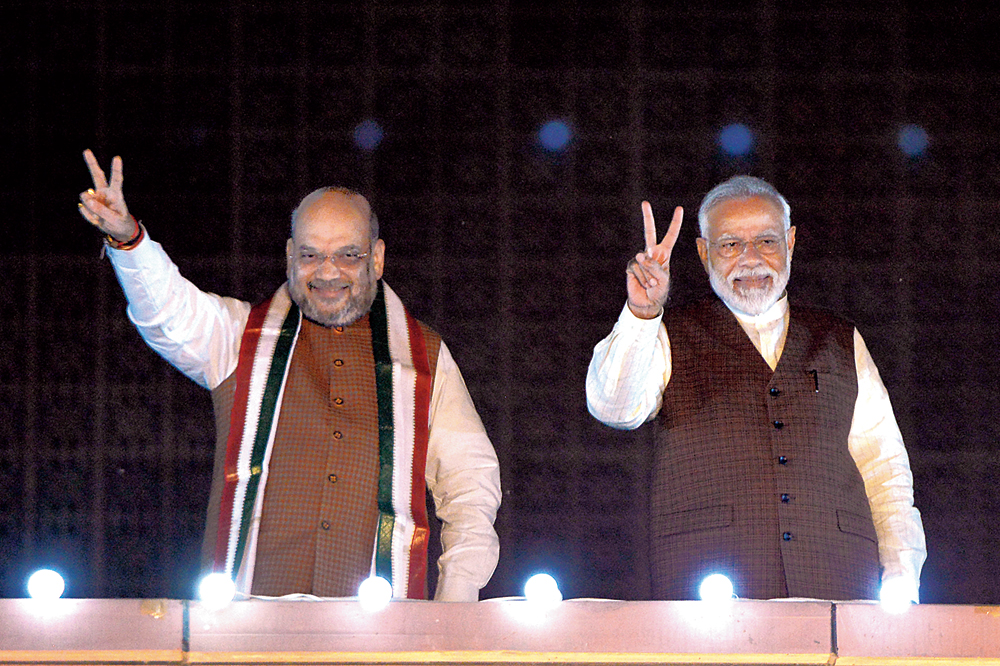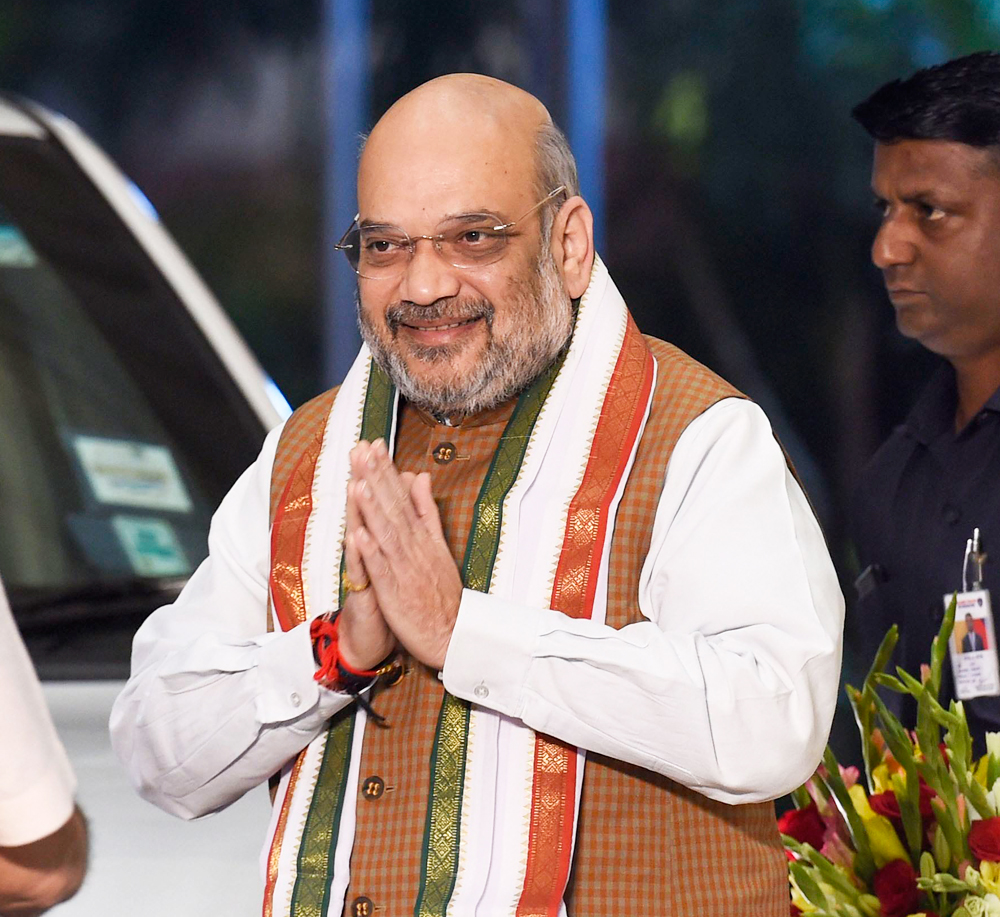One of the unmistakable features of right-wing mobilization in India that has eluded analysis is that of spatial politics. Even as they harp on the idea of Akhand Bharat, the Rashtriya Swayamsevak Sangh and the Bharatiya Janata Party see India not as a nation but one that is made up of provinces that remain disconnected. They mobilize in various regions with differentiated logic that runs at cross-purposes. A BJP candidate in Kerala promised quality beef for his constituency, and so did its unit in Meghalaya, even as mob lynchings by cow vigilantes continued in most of the Hindi heartland.
It is evident from this mode of mobilization that India is still provincial in its thinking. Most citizens seem to think of local issues within the state and do not extend them to create a pan-national imagination. The nation is an abstract and distant entity that people find difficult to articulate in their everyday life. Globalization has compounded the problem by making it difficult for people to cope with the changes it brought about in terms of global capital, global lifestyle and new cultural patterns. Territorialized lifestyle is linked to a thick communitarian mode of living in which the ‘outside’ world threatens the ‘inner’ world. The RSS-BJP combine exacerbates this division and reinforces insularity against a potential cosmopolitan imagination.
In his book, The Road to Somewhere, David Goodhart argues that even in an advanced capitalist country like Britain, 60 per cent of the population has not moved beyond the radius of 20 miles that they inhabited originally. He goes on to argue that the current conflict in the world is not that of class but one between ‘anywhere’ and ‘somewhere’. ‘Anywhere’ represents a tiny cosmopolitan/liberal elite that is mobile, self-styled in the global lifestyle, enjoys travel and is comfortable resettling anywhere. The majority, however, prefers not to migrate or move beyond the territory that was inhabited by their ancestors. They need a sense of territorial belonging. Their imagination does not spread beyond the proximity of their locality or region: they are the ‘somewhere’.
India, which shaped itself into a modern nation state under colonial rule, continues to remain deeply diverse. Linguistic reorganization of the states in the 1960s, along with the rise of regional parties run by regional elites, partially accommodated this diversity. Constitutionally, we adopted a federal set-up with unitary features. Politically, we were guided by the principle of ‘unity in diversity’. This idea of unity was geared towards the preservation of local culture and identity.
The RSS-BJP fraternity wishes to preserve the differences with Hindu identity as the basis of unity. In preserving the differences, it does not make efforts to bring communities together but builds on differences as prejudices. In their understanding, every difference has a latent prejudice. While ‘othering’ may be a necessary mode of building one’s own identity, differences need not be mutually exclusive. We are not very clear where to draw the line between difference and prejudice. The RSS-BJP collapses the two. It is intriguing that even as they harp on nationalism, they thrive on regionalism and localism. In Maharashtra, the Shiv Sena engineered the ‘sons of soil’ movement while the BJP got identified with the Hindi heartland. The logic seems to be the same for the BJP supporting smaller states as they provide for a strong Centre by default.
What is even more surprising is that India has remained provincial in spite of the communication revolution. In his celebrated book, Event, Metaphor and Memory, Shahid Amin observed how nationalist politics in popular memory was filtered through local narratives. The RSS creates a narrative of its own within the constraints of this reality. People do not have a clear imagination, and the RSS offers them one that is filtered through the local idiom. This is what makes the rumours and the false propaganda it creates appear authentic. Deepening differences are intended to weaken the local community, not to reinforce its lifestyle. This weakening is then compensated with a muscular Hindu identity. In other words, the RSS artificially manufactures the need for aggressive nationalism by making communities, regions, castes and other identities vulnerable. It then offers redemption in Hindutva. Spatial logic is used with regard to the Hindu-Muslim conflict. They wish to ghettoize Muslims — differentiated and in permanent conflict with the Hindu majority. This need for separation cannot be consented to unless Hindus are made to feel vulnerable. Since Muslims are too small a community to create a sense of victimhood among Hindus, the RSS seeks to create this anxiety.
In electoral terms, the RSS is using this cynical logic of localism as a weapon for nationalism. The idea of unity is born out of fear, anxiety and insecurity, and Hinduism is perceived to be a mode of institutionalizing the link between localism and unity. Organized violence has become a template to realize this underlying logic.
There is an urgent need to repoliticize spatial politics in India. We need to revisit the equation among local, regional and national to allay fears and prejudice. Authoritarian mobilization provides us with a new opportunity to recalibrate equations among regions in a way that would preserve the local without fearing the national or the global.












